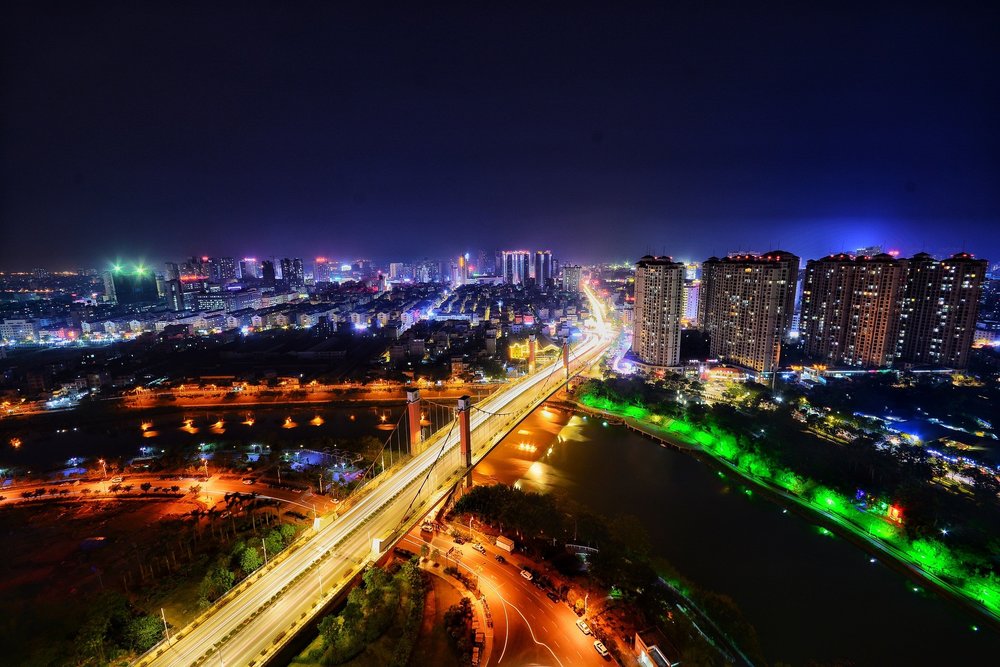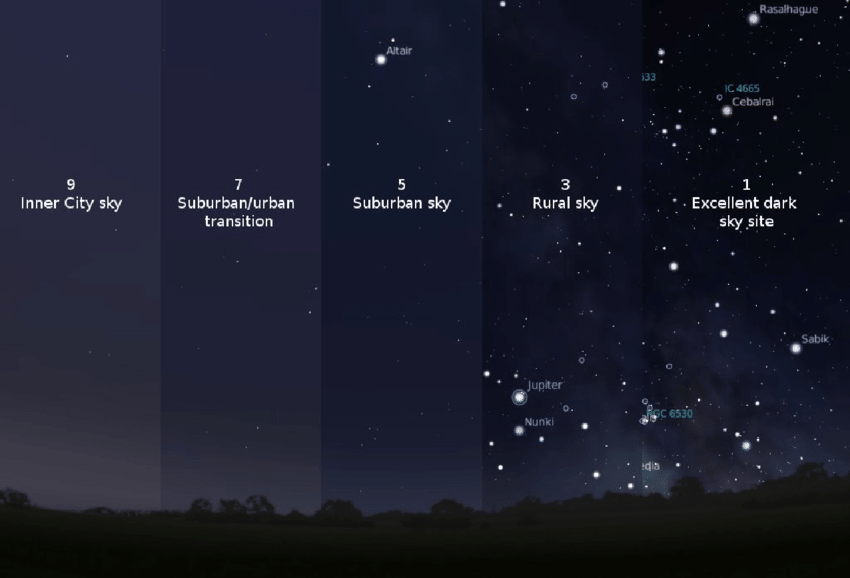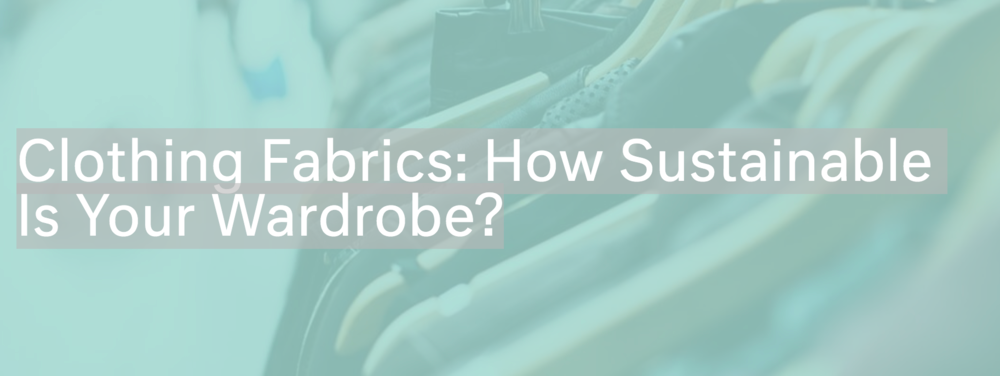Light Pollution: The pollution no one talks about

When people talk about pollution they usually will think about either plastics and oil being dumped into the ocean, or tons of carbon emissions being released into the air. These pollutants have very severe consequences not only for our environment but to our health, as we are now realizing. Many people will advocate their voice when it comes to the threat to their physical well being and often is successful in obtaining some type of pollution regulations. However, there is one type of pollution that isn’t openly talked about.
Light pollution, also known as photopollution or luminous pollution, might not seem like it should have devastating consequences, but it is more serious than many of us realize. Although the effects of light emissions do not feel harmful, they play an important role in our environment. Light emission has slowly been increasing over the last 50 years as urbanization and city development continue. But before we begin discussing the effect of this pollution we must talk about how light pollution is created.
The website of the Lighting Research Center states that “Light pollution is an unwanted consequence of outdoor lighting and includes such effects as sky glow, light trespass, and glare” basically saying that almost any type of nighttime light emission can be classified as light pollution. However light pollution is more complicated than simply turning on a light bulb.
Photopollution occurs mostly due to poor research and planning. Lighting fixtures, such as building lights and street lights, are often placed in poorly chosen areas and/ or are poorly designed. The following diagram by the International Dark-Sky Association will illustrate exactly how this would look like in our modern environment. From this illustration, you can see how much light is wasted when only a certain portion of the street need to be illuminated.

As you can clearly see a light doesn’t have to be directed at the night sky to pollute it. Much of the pollution is caused by glares and reflections.
Light pollution might not seem harmful as there are no direct consequences from turning on a porch light. However, the indirect and lack of immediate consequences made this problem go unnoticed and virtually unknown to the public. Some of the consequences of this pollution are more severe than first assumed and can even alter the environment and animals of the surrounding area.
There are three main consequences of luminous pollution and the first is excess emissions. Del Mar Fans and Lighting estimate that approximately 30% of all nighttime lighting is wasted and that “wasted lighting accounts for 1.7 million tons of carbon dioxide and $2.2 billion in wasted electricity each year” meaning we are using hazardous resources to produce wasted light. To put this into perspective this wasted energy amounts to 22 Terawatt Hours per year, about 3.6 million tons of coal. This is also equivalent to 12.9 million barrels of oil per year, enough to illuminate over 11 million homes and power over 777,000 cars.

Not only does carbon get released into our atmosphere speeding up global warming but light pollution also diminishes a natural radical that purifies the air at night. The National Oceanic and Atmospheric Association conducted a study in 2010 and found nitrate radicals break down vehicle and factory emissions during the night. The nitrate radicals break down emissions at night that become smog, ozone pollution, or other harmful irritants. However, these radicals are sensitive to light and bright cities with artificial lighting are slowing their progress.
The second major consequence of light pollution is its effects on nature. The earth has a natural rhythm that depends on the sun’s orbit. Artificial light, unlike the sun, can become excessive to the point where it will interfere with the environment. The most notable effect has been the wildlife in the surrounding area. Many animals are nocturnal and rely on the rising and setting of the sun to navigate their habitat. Nightly prey like deer, moose, mice, and bats are often impaired due to over-illumination. This prevents them from finding food, camouflaging, and navigation as well as an increase in mortality rates and exposure. Night predators like owls, foxes, raccoons, skunks, and possums have also shown effects from over-illumination. They have limited scavenging or hunting grounds due to high visibility. Birds and flying mammals often must change their navigations to avoid highly lit places.

Overall the animals are the ones who really suffer when it coes to light pollution. They rely on the natural rhythm of the sun and we are disturbing their way of life. Unfortunately, they are not the only ones who are affected by this disruption to the natural way of life. Humans, being the 3rd consequence, also rely on the rising and setting of the sun to help guide our lives. Although we have much more control over our environment there are still consequences to altering our environment. Our circadian cycle helps regulate subconscious and physiological activities such as cell regulation, brain wave patterns, and hormone production. Disrupting this natural cycle can result in sleep disorders, anxiety, depression, diabetes, cancer (particularly breast and prostate cancer), cardiovascular disease, immunological disorders, and obesity.
That is why it is often recommended to prevent watching electronics before sleeping. Artificial light emitted from electronics such as TV and Cell Phones disrupts and suppresses our body from producing Melatonin. This hormone is only naturally produced by the darkness and helps us feel sleepy and ready for bed. Disturbing this process can result in anxiety, mood disorders, insomnia, and elevated estrogen/progesterone ratio.

Light pollution is not difficult to prevent. There are many little things we can each do to help reduce our footprint. We can turn off lights, limit lighting with smart designs, and help others become aware of the issue. By simply speaking with friends and family about this topic we help others become aware and call attention to the problem. Like we said the solution and prevention to this is simple, there just has to be enough awareness before any action takes place. Enji encourages you to help others have this dialogue. Leave us a comment on what you are doing to help.





